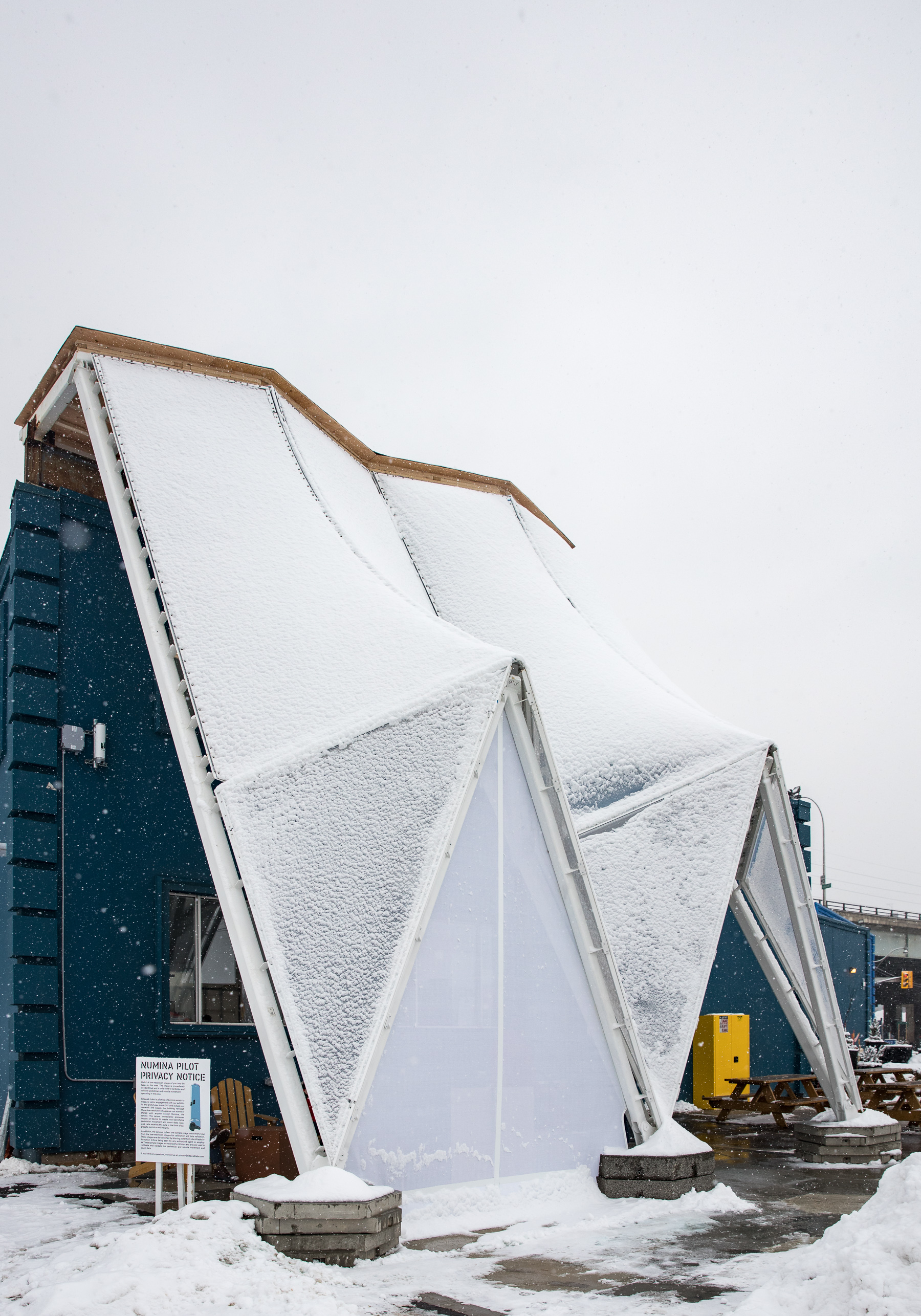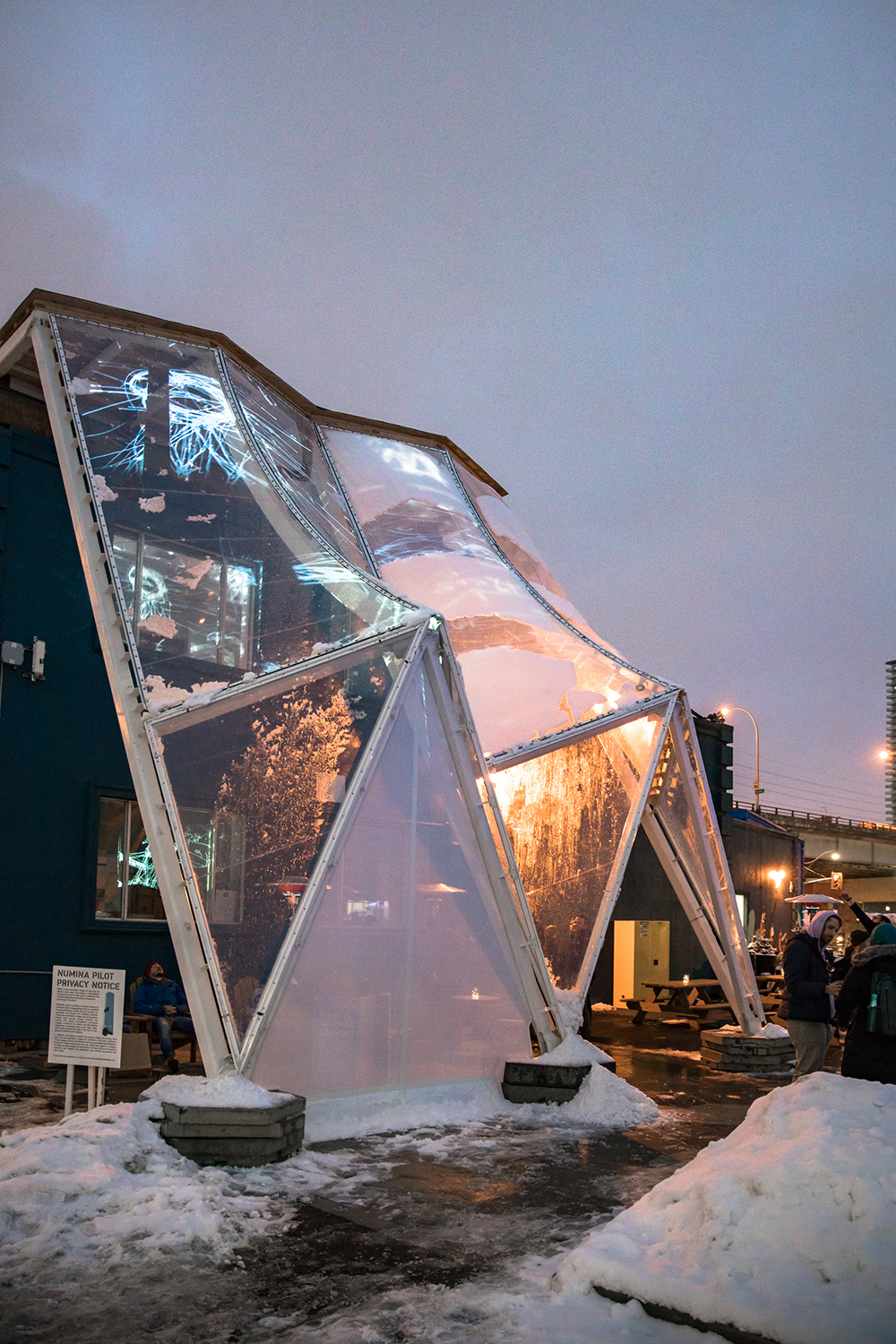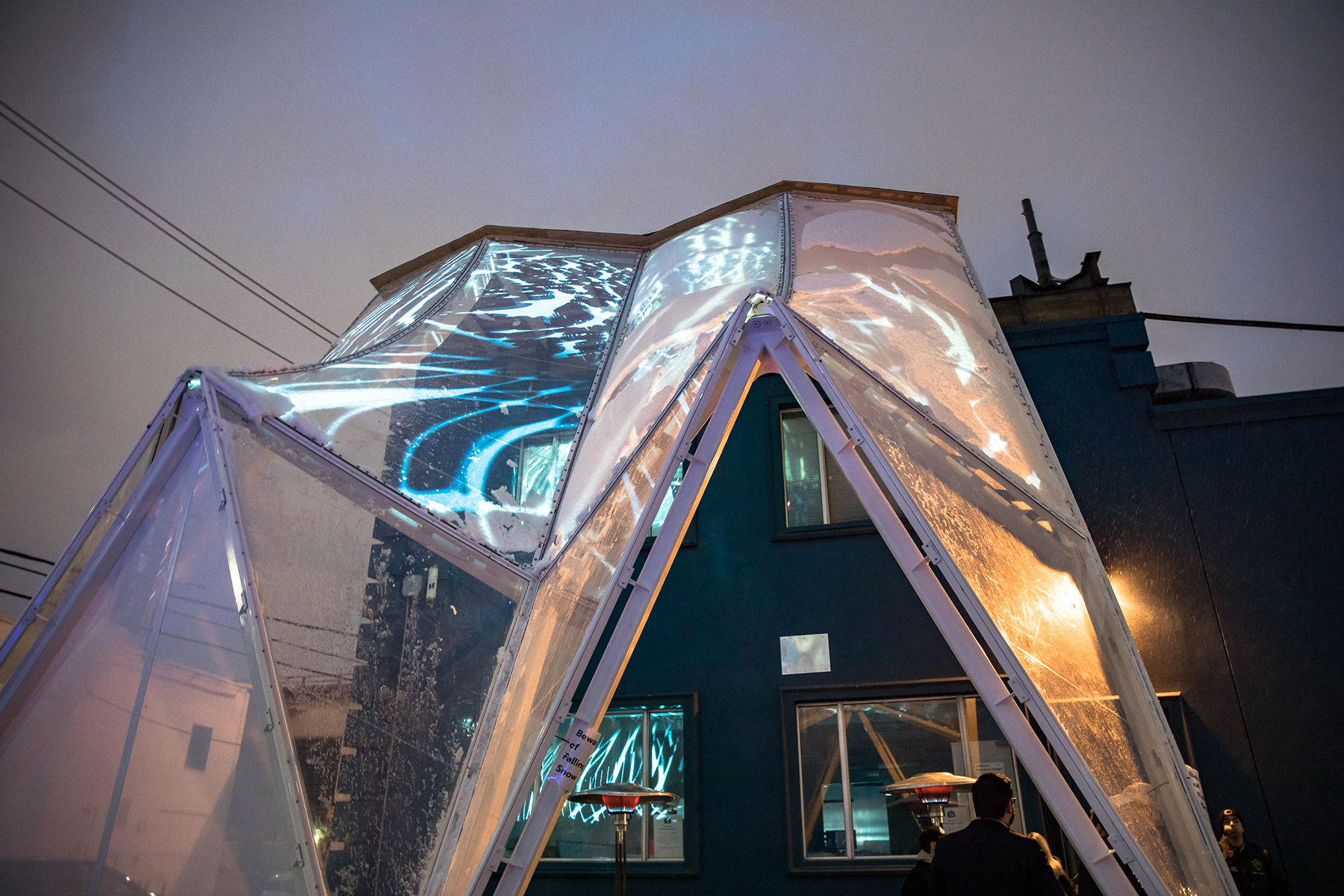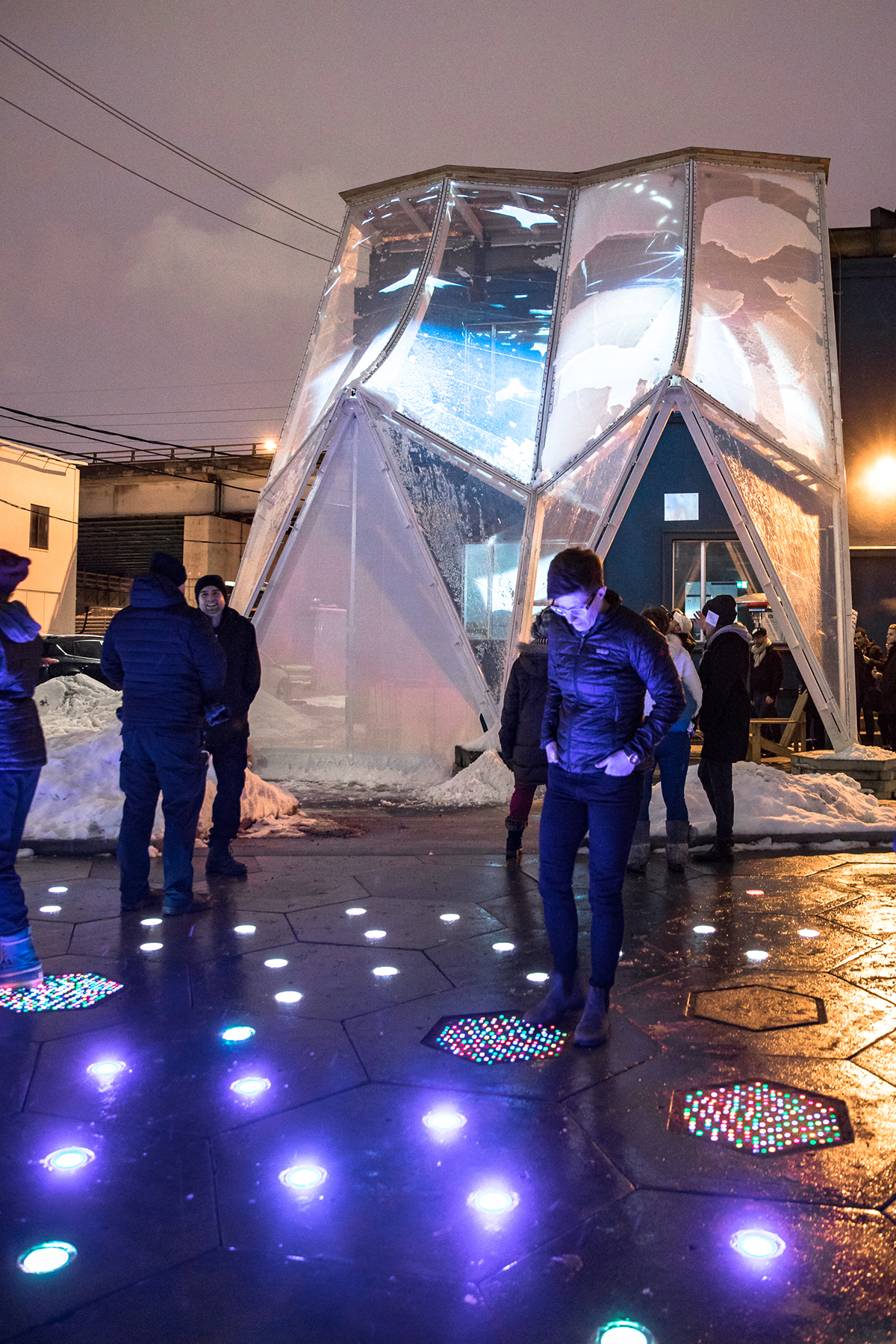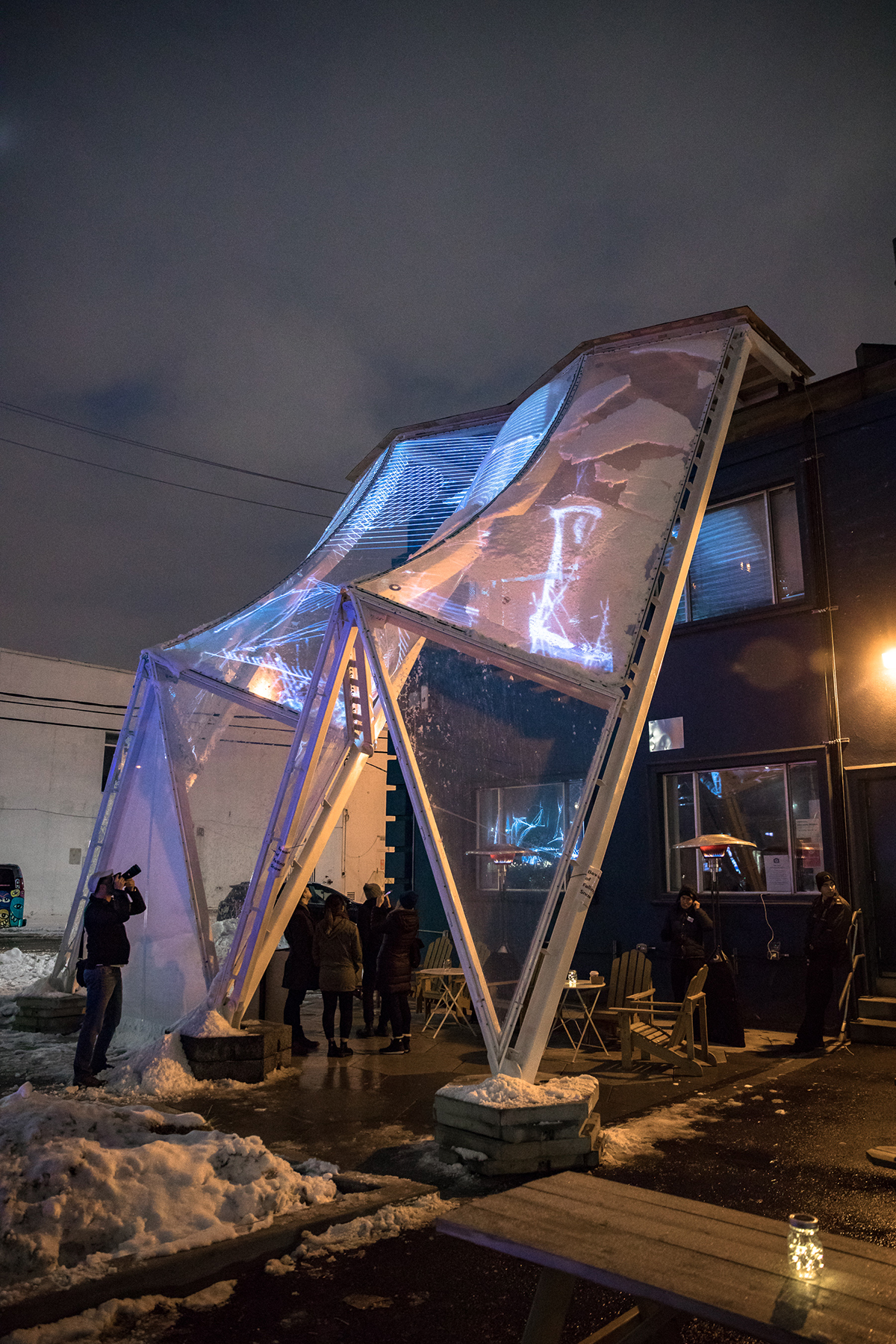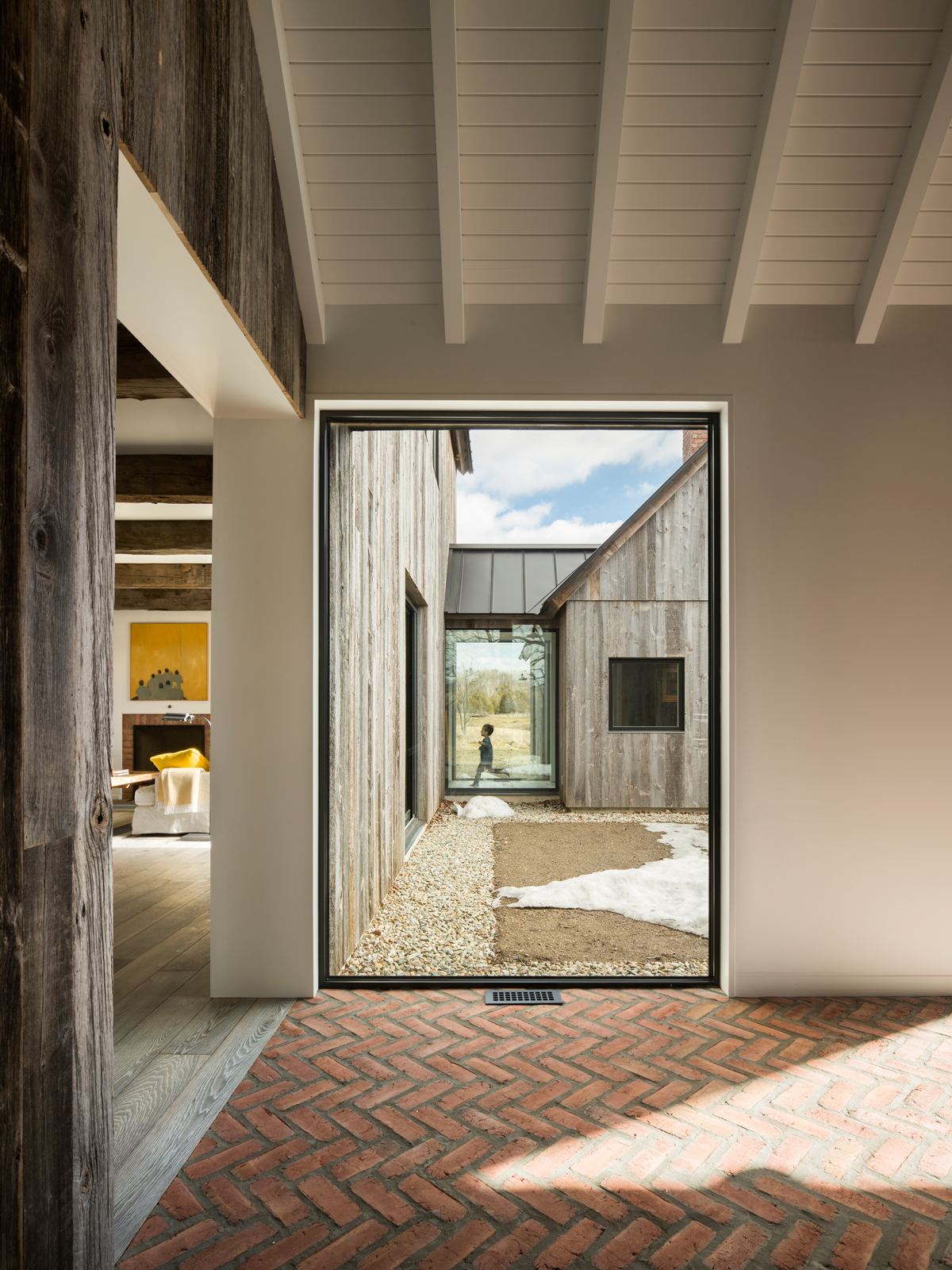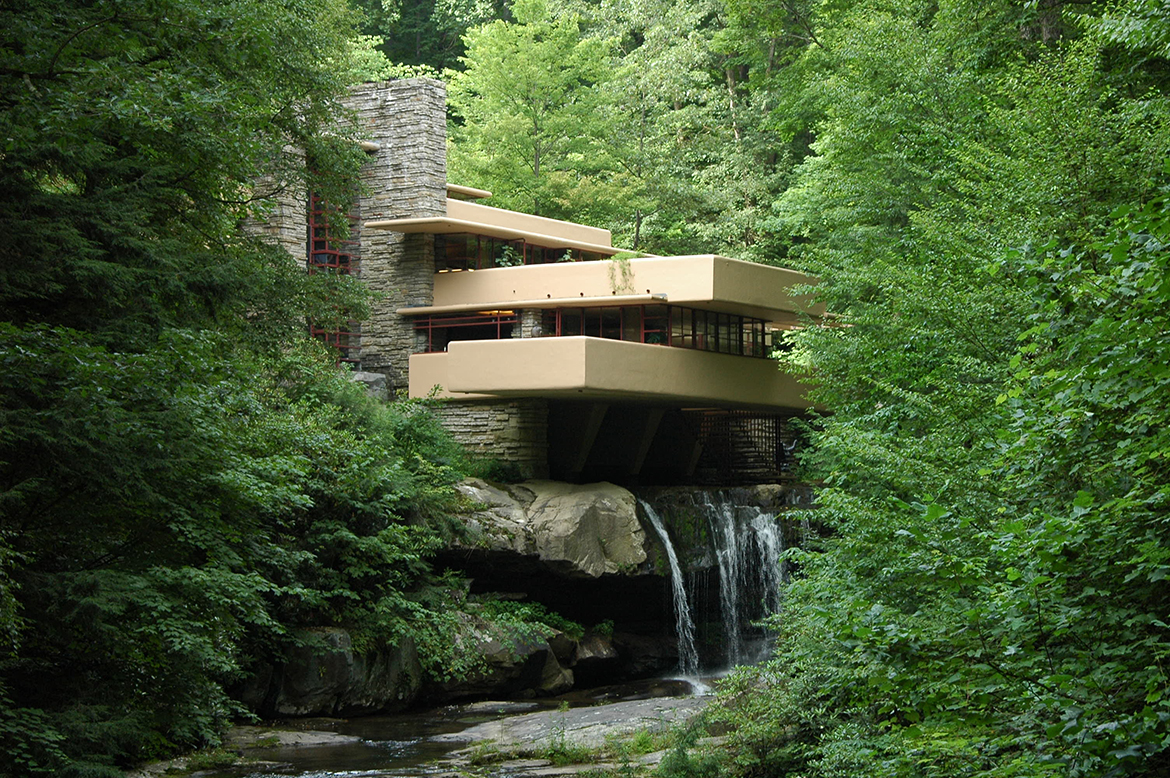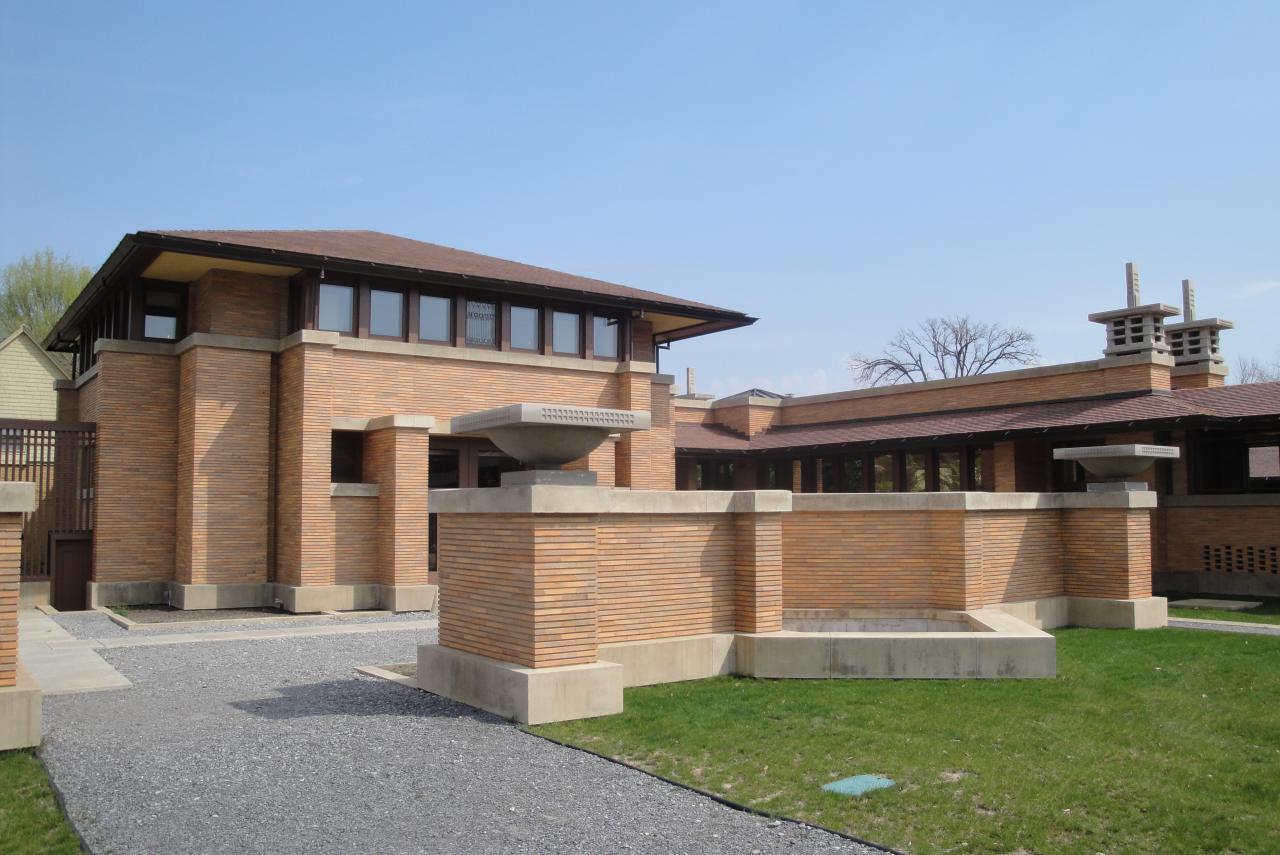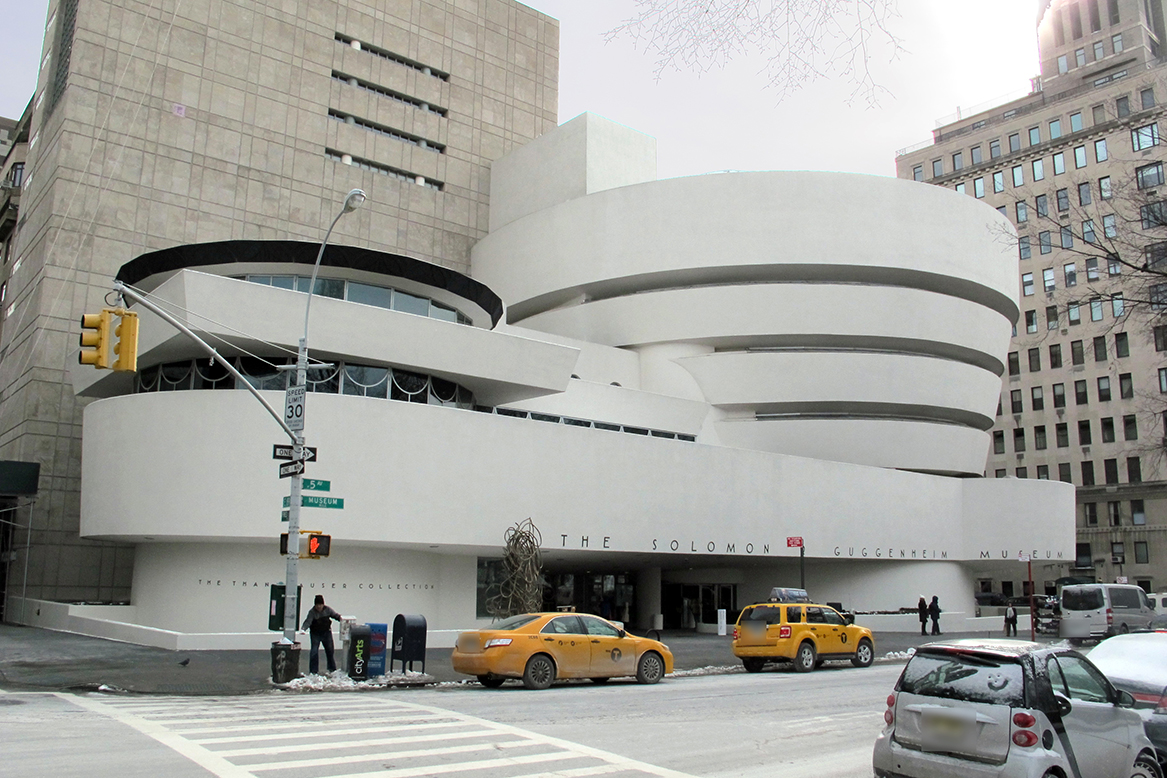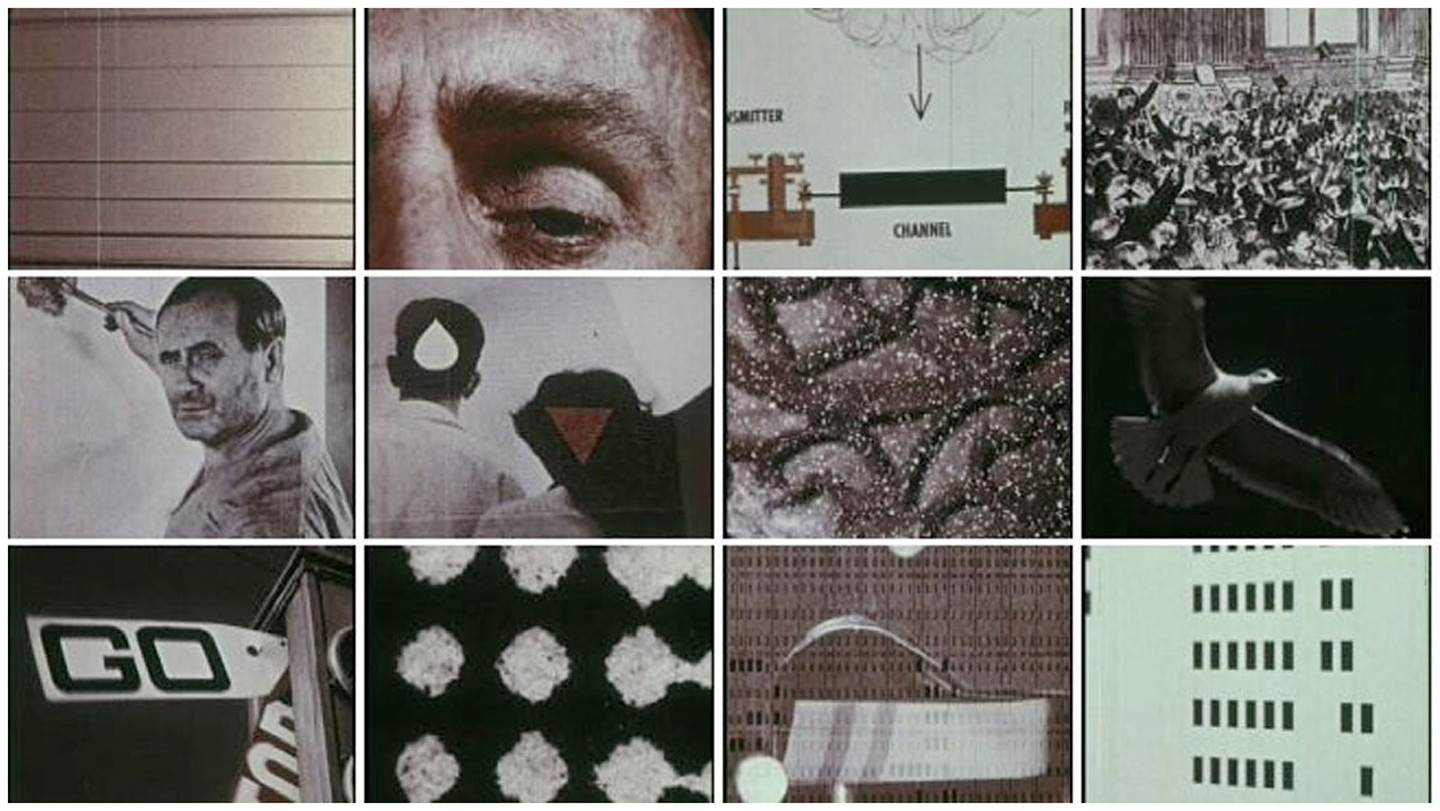
28.04.19 - Matthew Allen publishes Mediating Theory, a Syllabus
Write Allen and Furgiuele:
This syllabus frames the production, transmission, and understanding of architectural knowledge through theoretical discourse. Each session theory is positioned within a specific media form: Matter, Body, Sound, Narrative, Treatise, Map, Manifesto, Diagram, Program, Standard, Image, System, Interface, Heap. The syllabus highlights a central tension: between the global and the local, the shared and the situated, form and content—and the tension between the specificity of instructive case studies and the more general framing of theory.
The syllabus was created via a project by e-flux Architecture and Joseph Bedford called Theory's Curriculum, which was produced with the support of the Global Architectural History Teaching Collaborative; Virginia Tech Center for Excellence in Teaching and Learning, College of Architecture and Urban Studies, and School of Architecture + Design; School of Architecture, Syracuse University; John H. Daniels Faculty of Architecture, Landscape, and Design, University of Toronto; Department of Architecture, Wentworth Institute of Technology; and Department of Architecture, Iowa State University College of Design.
On May 18, Allen and Furgiuele will join others in a day-long event will "address who our theory syllabi represent, what theoretical objects or concerns they should address, and why we should continue to teach architectural theory today."
As described in on the event webpage, "The program will include the launch and presentation of the e–flux Architecture project Theory's Curriculum as well as responses to the project by 12 panelists who will discuss the who, what and why of architectural theory today in a series of panel sessions."
To read Allen and Furgiuele's syllabus, Mediating Theory, visit the e-flux website.
Digital composite of film stills from Charles and Ray Eames, A Communications Primer, 1953
“The syllabus will not teach the theories a student should know. Rather it will instill the attitude of self-criticism (personal as well as disciplinary self-criticism) that should be the basis of the life of an architect.”






